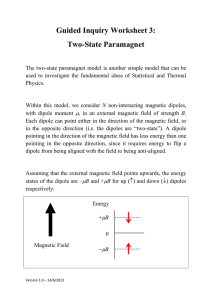phys-4420 thermodynamics & statistical mechanics spring 2001
advertisement
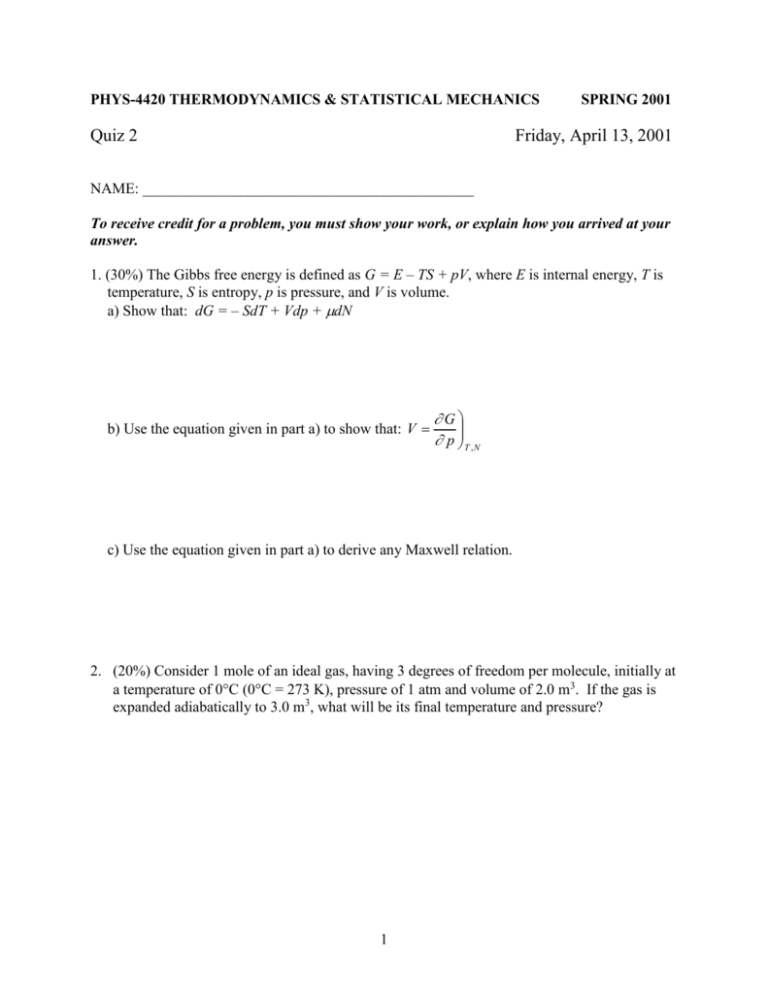
PHYS-4420 THERMODYNAMICS & STATISTICAL MECHANICS Quiz 2 SPRING 2001 Friday, April 13, 2001 NAME: ____________________________________________ To receive credit for a problem, you must show your work, or explain how you arrived at your answer. 1. (30%) The Gibbs free energy is defined as G = E – TS + pV, where E is internal energy, T is temperature, S is entropy, p is pressure, and V is volume. a) Show that: dG = – SdT + Vdp + dN b) Use the equation given in part a) to show that: V G p T , N c) Use the equation given in part a) to derive any Maxwell relation. 2. (20%) Consider 1 mole of an ideal gas, having 3 degrees of freedom per molecule, initially at a temperature of 0C (0C = 273 K), pressure of 1 atm and volume of 2.0 m3. If the gas is expanded adiabatically to 3.0 m3, what will be its final temperature and pressure? 1 3. (30%) Consider a system consisting of 4 magnetic dipoles lined up in a row. The dipoles are labeled 1, 2, 3, or 4 depending on their position in the row. Each dipole either points up or down (nothing else is allowed) and has an energy – if the ith dipole is pointing up (parallel to the magnetic field) and an energy if the ith dipole is pointing down (antiparallel to the magnetic field). Suppose the spin system is contact with a heat reservoir which is at a constant temperature of T. a.) (10%) What is the partition function for a single dipole? (Note that it has two energy levels.) = ____________________ b.) (5%) What is the partition function for the entire system of four dipoles? (Note that the four dipoles are distinguishable because they are in particular positions.) You can give your answer in terms of from part (a). Z = ____________________ c.) (10%) What is the average energy of the 4-dipole system at temperature T? E = __________________ d) (5%)What is the energy of this 4-dipole system in the limit of T? There is no need to do a calculation in this case. Simply present a well-reasoned argument if you prefer. 2 4. (10%) Explain why increasing the operating temperature of nuclear power plant from 300 C (using steam) to 1000 C (using liquid sodium) will increase its efficiency. In both cases, assume that the waste heat is dumped into a river which maintains a constant 25 C. 5. (10%) An astronomer observes the light from a distant gas cloud in space. A wavelength analysis of the light reveals two sharp lines which are characteristic of two energy transitions in a particular molecule. The lower energy line (2.1 × 10-3 eV) corresponds to the energy for a transition between the first excited state and the ground state while the higher energy line (3.2 × 10-3 eV) corresponds to the transition between the second excited state and the ground state. (These energies are determined in the rest frame of the cloud; all relativistic corrections due to motion of the cloud with respect to earth have already been included. This is mentioned for those of you that would think of this complication. Please, do not worry about it here.) Based on the measured intensities of the two lines, the astronomer determines that there are 5 times more molecules in the first excited state than there are in the second excited state. Compute the temperature of the gas cloud based on this information. 3
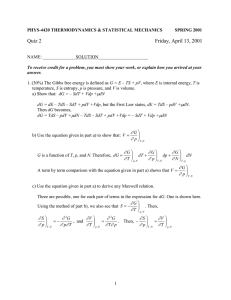
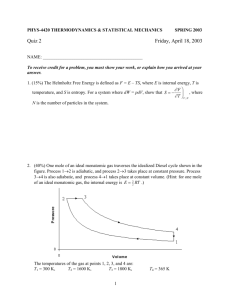
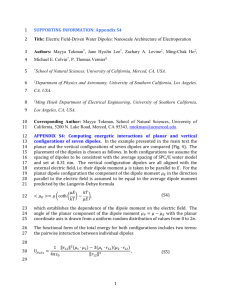
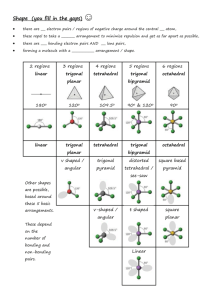

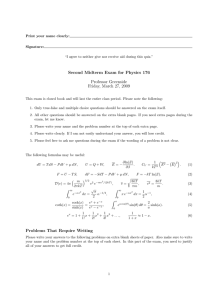
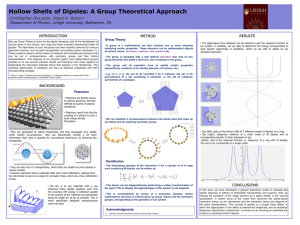
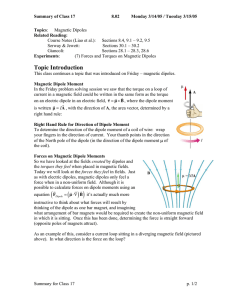

![[Answer Sheet] Theoretical Question 2](http://s3.studylib.net/store/data/007403021_1-89bc836a6d5cab10e5fd6b236172420d-300x300.png)
